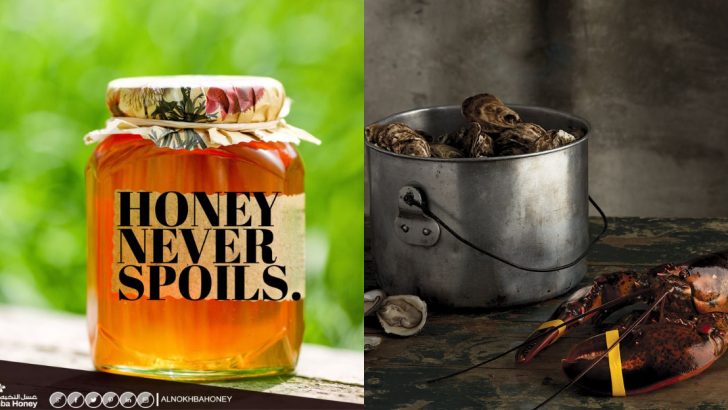Think you’re the big cheese in the food world? Let’s taco ‘bout it.
This isn’t your average “Did you know tomatoes are fruit?” trivia—nope, we’re serving up 20 mind-blowing, plate-dropping food facts that’ll either have you screaming “I knew that!” or quietly Googling under the table.
From royal banana laws to the bizarre history of ketchup, this challenge is hotter than a ghost pepper in July. Ready to prove your foodie IQ or just here for the snacks?
20. Strawberries Aren’t Actually Berries
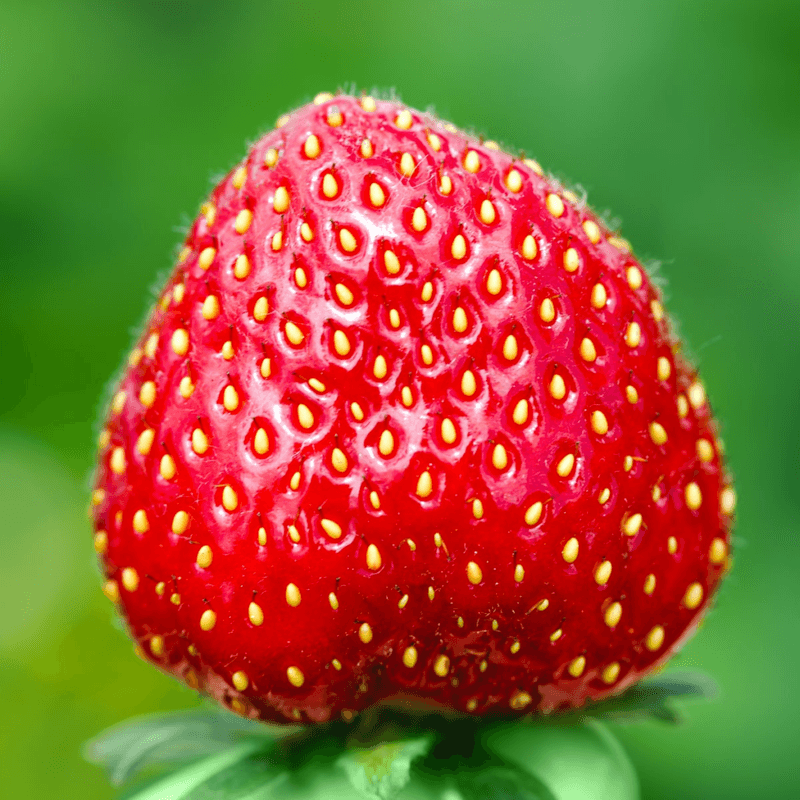
Botanically speaking, strawberries aren’t berries at all! Those little yellow specks on the outside are actually individual fruits, making strawberries “aggregate fruits.”
Meanwhile, bananas, avocados, and even watermelons qualify as true berries. Mind-blowing, right? Next time you bite into a strawberry, remember you’re enjoying dozens of tiny fruits at once!
19. Honey Never Spoils
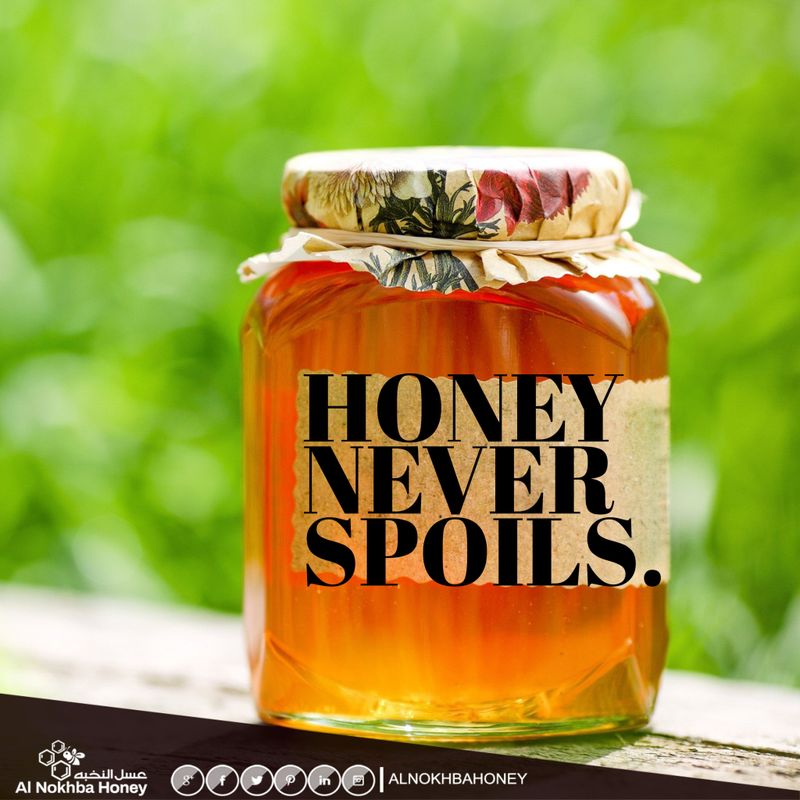
Archaeologists have discovered 3,000-year-old honey in Egyptian tombs that’s still perfectly edible! The unique chemical composition creates an environment where bacteria simply cannot survive. How incredible is that?
Though it might crystallize over time, honey remains safe to eat indefinitely. Ancient Egyptians called it the “food of the gods” for good reason!
18. Carrots Weren’t Always Orange
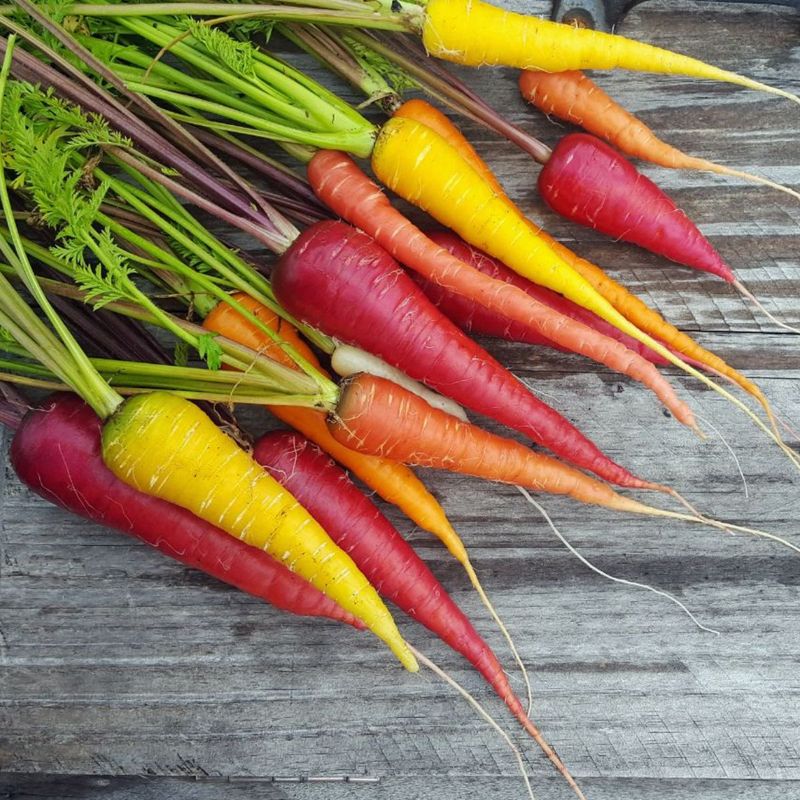
Purple, white, and yellow carrots were the norm until the 17th century! Dutch farmers bred orange carrots to honor William of Orange, their national hero.
Fancy that – your everyday orange veggie is actually a political statement! Purple carrots still exist and contain different antioxidants than their orange cousins. Want to surprise dinner guests? Serve a rainbow carrot platter!
17. Apples Float Because They’re 25% Air
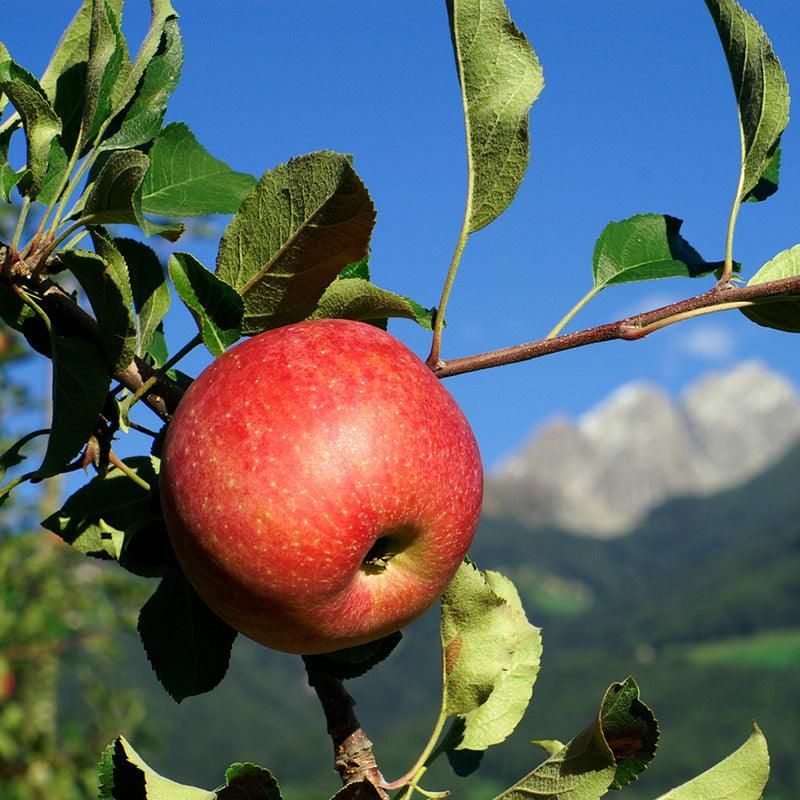
Ever bobbed for apples at a party? It works because apples are approximately 25% air, making them less dense than water! If you’ve ever wondered why apples make that satisfying crunch sound when bitten, now you know – you’re breaking through tiny air pockets.
Hence their buoyancy in water and their delightful texture that makes them perfect for snacking.
16. Chocolate Was Once Used As Currency
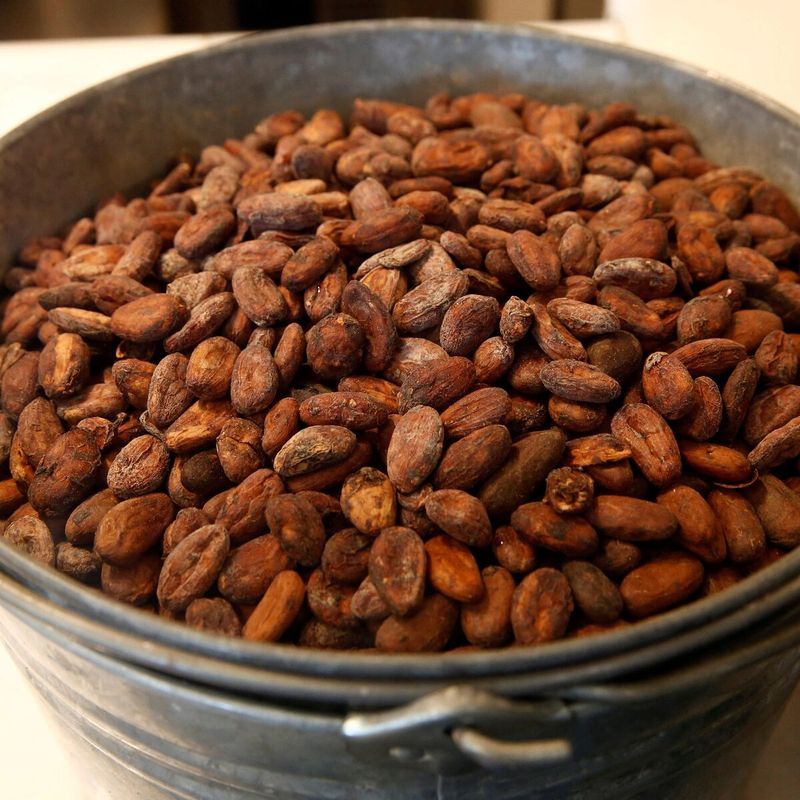
Cacao beans were so valuable to ancient Aztecs that they used them as money! Ten beans could buy you a rabbit, while 100 beans could purchase a slave.
What if our modern currency was chocolate-based? Imagine paying your bills with Hershey’s Kisses! Though the monetary system changed, chocolate remains valuable – now for its mood-boosting properties rather than its exchange rate.
15. Ketchup Was Sold As Medicine
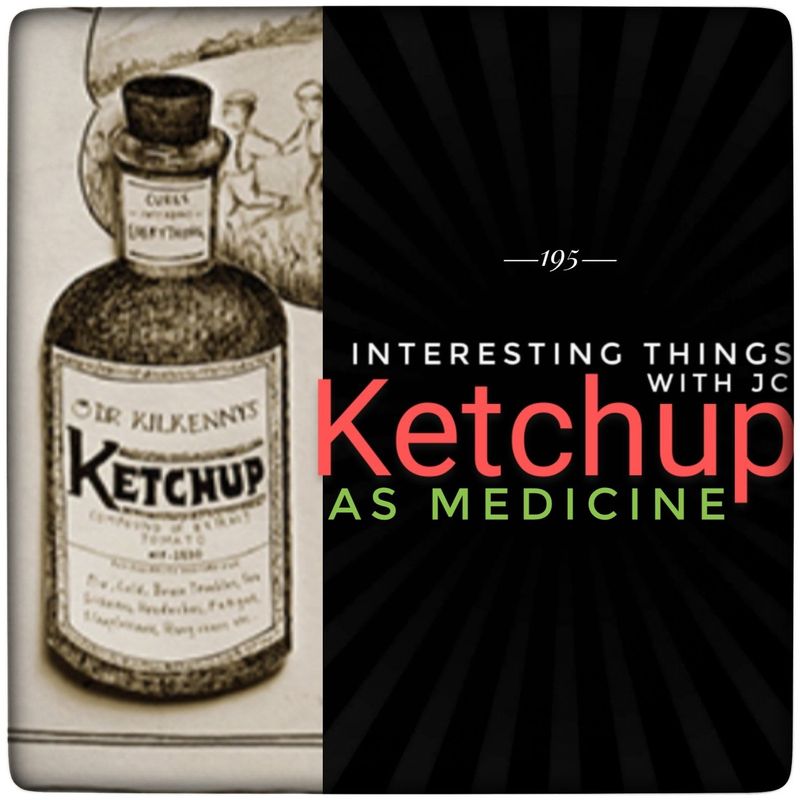
During the 1830s, ketchup was bottled and sold as a cure for indigestion, diarrhea, and even baldness! The original formula was nothing like today’s sweet tomato condiment.
Wouldn’t it be hilarious to rub ketchup on your head now? Early versions contained no tomatoes at all but were made from fermented fish, mushrooms, or walnuts. Thankfully, medical science and condiment technology have both improved!
14. Peanuts Aren’t Nuts At All
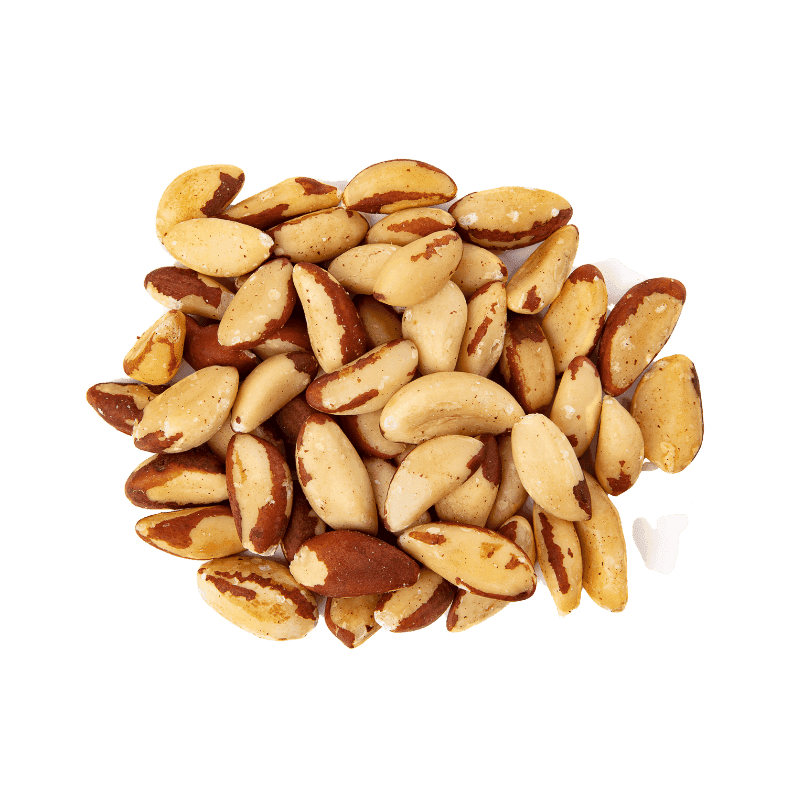
Despite their misleading name, peanuts are actually legumes like beans and peas, growing underground instead of on trees. Almonds, cashews, and walnuts are the true botanical nuts. Though they hang out in the nut aisle, peanuts are rebels with a different family tree!
This legume masquerading as a nut contains more protein than actual nuts. Share this nutty knowledge at your next gathering!
13. Spicy Foods Don’t Actually Burn You
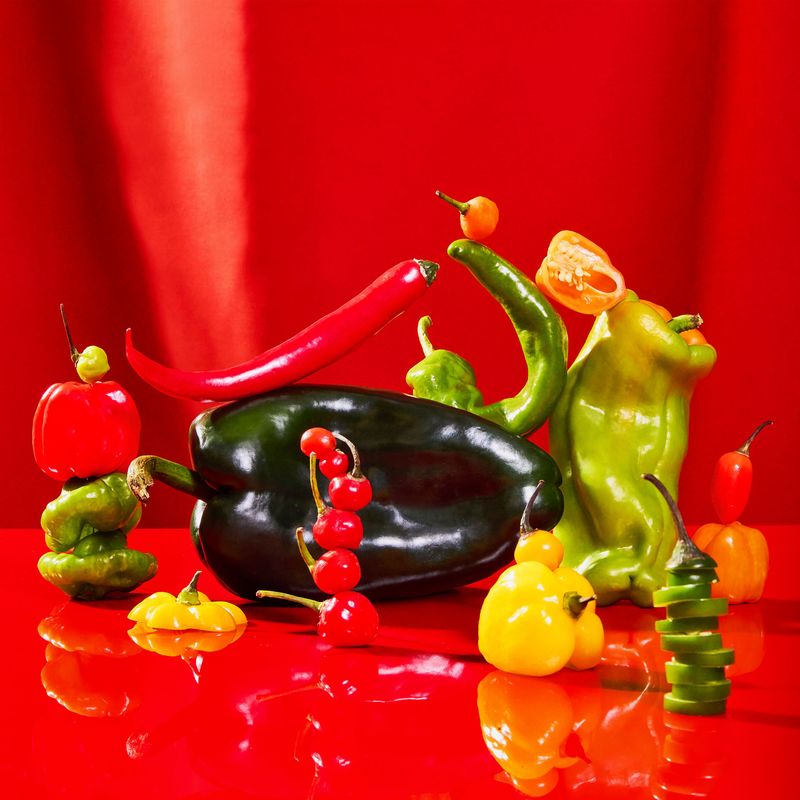
The fiery sensation from chili peppers isn’t a real burn but a clever trick! Capsaicin triggers the same pain receptors that respond to actual heat, fooling your brain completely. Crazy, right?
Your mouth isn’t being damaged when you eat spicy food – your brain just thinks it is! Milk helps cool the phantom fire because capsaicin is fat-soluble. Challenge your friends to a spicy food contest!
12. Potatoes Absorb WiFi Signals

Boeing engineers discovered that potatoes reflect and absorb wireless signals similarly to human passengers! They now use sacks of potatoes when testing WiFi systems on empty planes. Imagine a plane filled with potatoes instead of people!
These humble tubers contain enough water and minerals to mimic human bodies for wireless testing. Perhaps your potato side dish is secretly monitoring your home WiFi too!
11. Ripe Cranberries Bounce Like Rubber Balls

Farmers test cranberry ripeness using the “bounce test” – ripe berries bounce like rubber balls when dropped! This method, called “bouncesorting,” has been used since the 1880s. Wouldn’t it be fun to hold a cranberry bouncing contest?
Only the bounciest berries make it to your Thanksgiving table. Unripe or damaged cranberries lack this springy quality and fail the bounce test miserably.
10. Bananas Are Berries But Raspberries Aren’t

Botanically speaking, bananas qualify as berries while raspberries don’t! True berries develop from a single flower with one ovary and typically have several seeds. Where does this leave strawberries? They’re “aggregate fruits” along with raspberries and blackberries.
Meanwhile, bananas hang out with tomatoes and eggplants in the berry family. Botany certainly likes to keep us confused about our fruit categories!
9. Cheese Is The Most Stolen Food Globally

According to global retail surveys, cheese tops the list as the world’s most frequently stolen food item! Nearly 4% of all cheese ends up stolen, making it more targeted than chocolate or alcohol. Why cheese? Its high value-to-weight ratio makes it perfect for thieves.
Perhaps we should call shoplifters “cheese bandits”! Expensive varieties like Parmigiano-Reggiano are so valuable they sometimes require bank-style security measures.
8. The World’s Most Expensive Spice Comes From Flowers
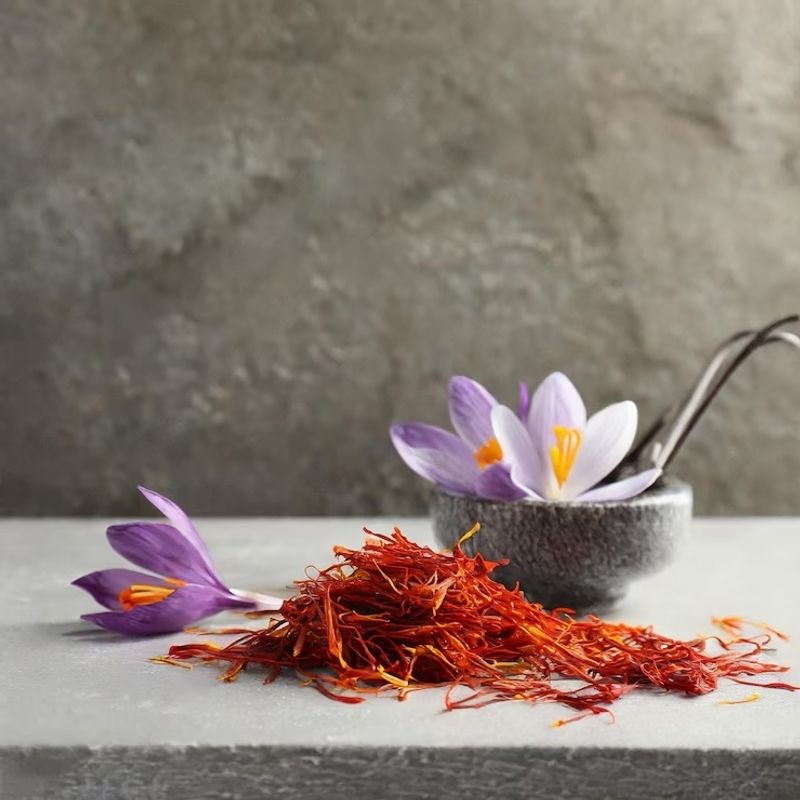
Saffron costs more than gold by weight because each flower produces just three tiny stigmas! Harvesting requires delicate handpicking, with over 75,000 flowers needed for a single pound. Imagine collecting 75,000 of anything by hand! No wonder it can cost up to $5,000 per pound.
Though expensive, just a few threads transform dishes with distinctive color and flavor. Have you ever splurged on this golden spice?
7. White Chocolate Isn’t Actually Chocolate
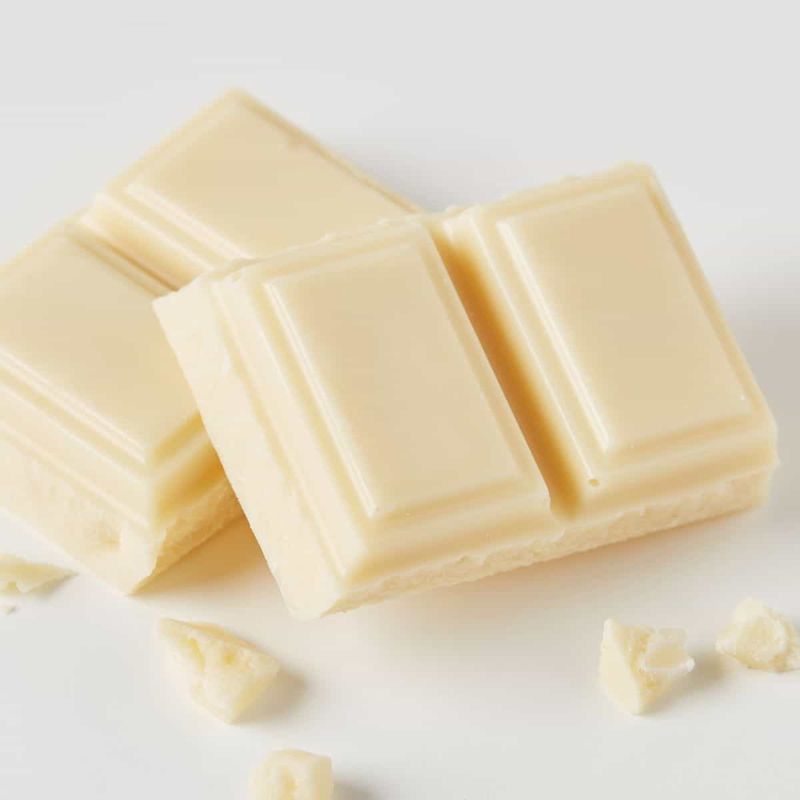
Shocking revelation for chocolate lovers: white chocolate contains zero cocoa solids! It’s made from cocoa butter, sugar, and milk solids, missing the essential component that defines true chocolate. Feel betrayed? You’re not alone!
Without cocoa solids, white chocolate lacks the antioxidants and complex flavors of dark chocolate. Next time someone offers you white chocolate, you can smugly inform them of their confectionery faux pas!
6. Tomatoes Were Once Considered Poisonous
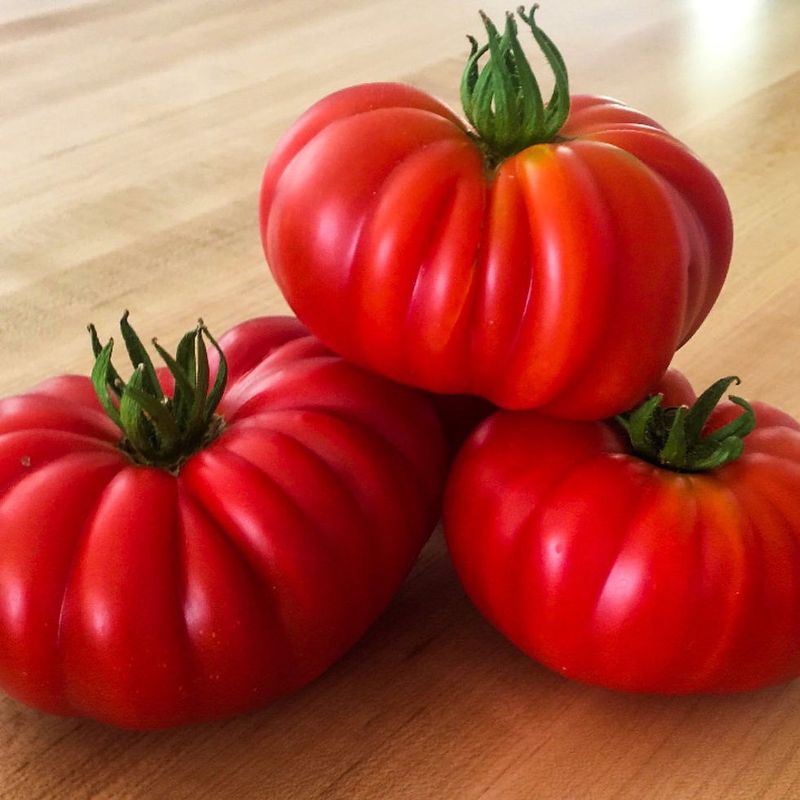
Wealthy Europeans once feared tomatoes were deadly! Their acidic juice leached lead from pewter plates, causing lead poisoning – but they blamed the innocent tomato. How absurd that this staple of Italian cuisine was once considered deadly!
Poorer people using wooden plates didn’t experience the same problems and enjoyed tomatoes safely. The tomato’s reputation wasn’t fully rehabilitated until the 1800s.
5. Vanilla Flavoring Comes From Beaver Secretions
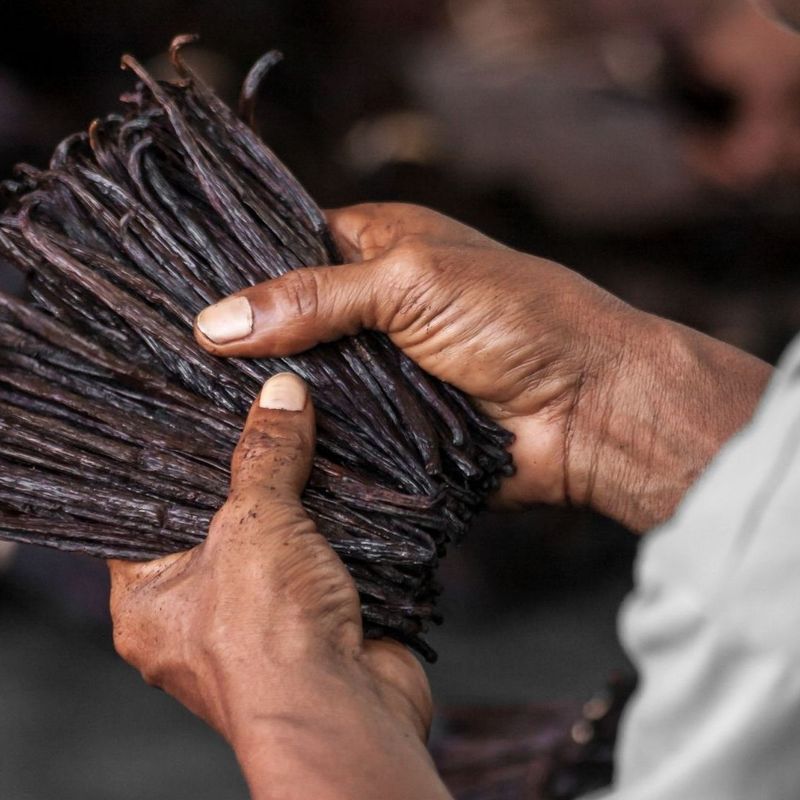
Castoreum, a vanilla-scented substance from beaver anal glands, was once commonly used in vanilla flavoring! Don’t worry – today it’s rarely used except in some high-end perfumes.
Grossed out yet? While technically still FDA-approved as “natural flavoring,” it’s too expensive to harvest for mass production. Modern vanilla flavoring typically comes from synthetic vanillin or real vanilla beans. Phew!
4. Mushrooms Are More Closely Related To Humans Than Plants
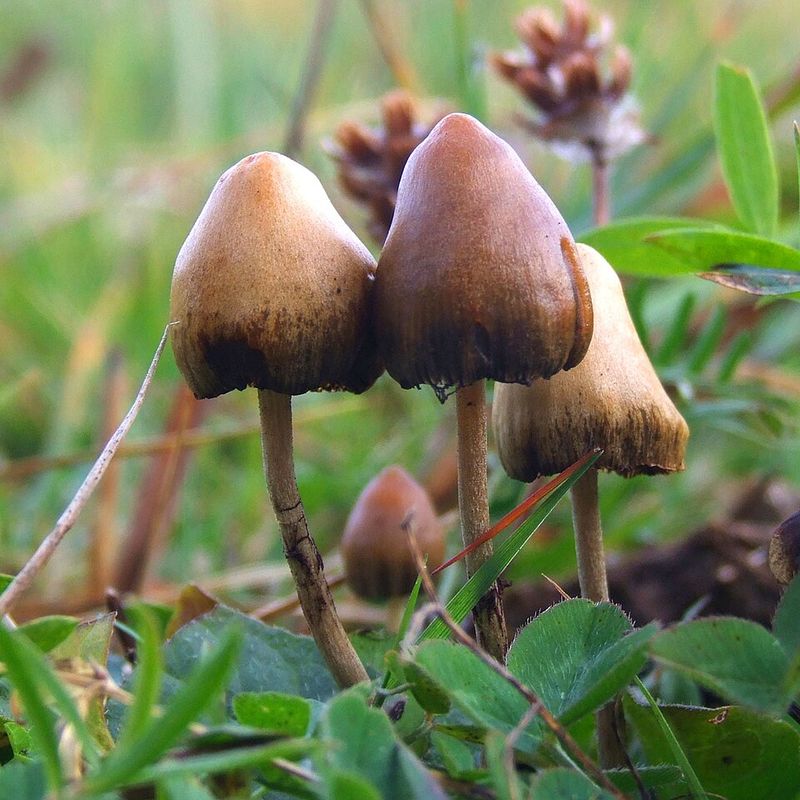
Genetically speaking, mushrooms share more DNA with humans than with plants! Like us, they inhale oxygen and exhale carbon dioxide, unlike plants which do the opposite. Feeling a kinship with that portobello on your plate? Fungi and animals branched from plants about 1.1 billion years ago, while humans and fungi separated only about 650 million years ago. Maybe that’s why some mushrooms have such meaty textures!
3. Fruit Stickers Are Edible
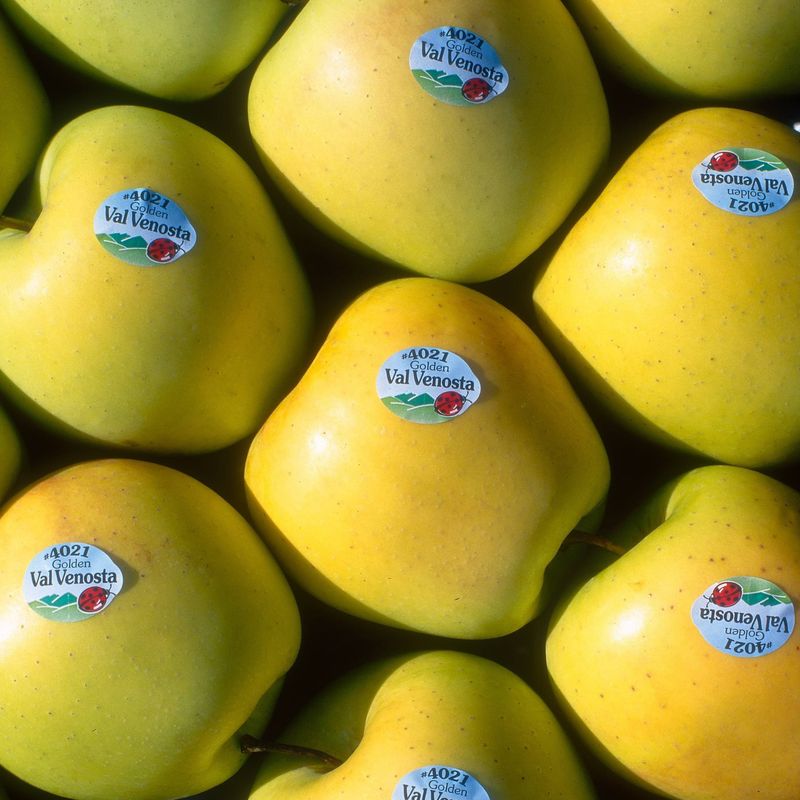
Those tiny stickers on fruits and vegetables are technically edible! They’re made from FDA-approved paper or plastic that won’t harm you if accidentally consumed.
Would I recommend eating them intentionally? Absolutely not! While they won’t poison you, they offer zero nutritional value. The glue is food-grade too, but nobody’s winning culinary awards for fruit sticker cuisine anytime soon!
2. McDonald’s Was Once The Largest Toy Distributor
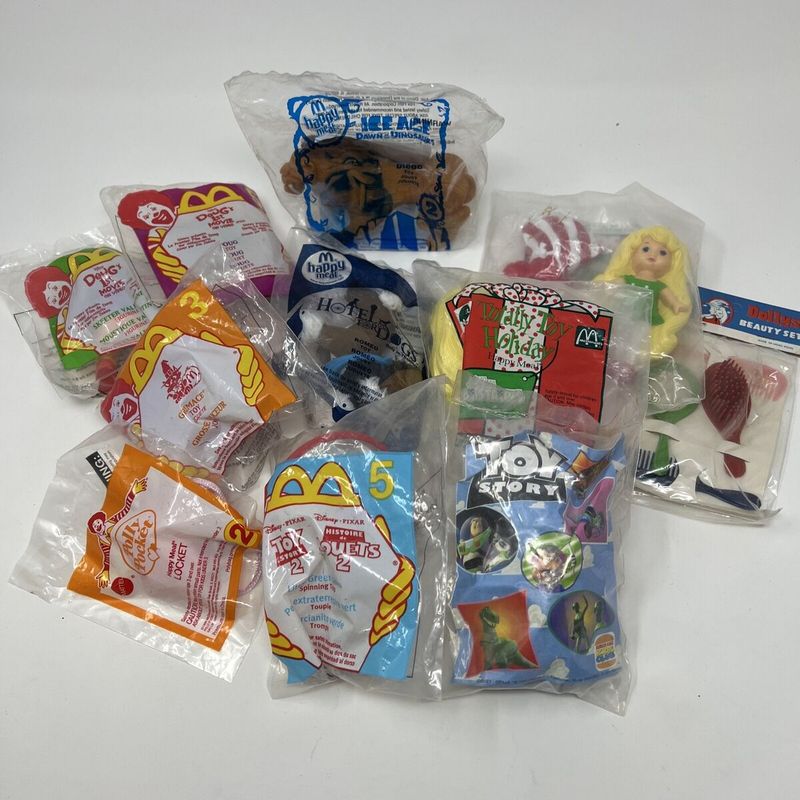
Before Toys “R” Us closed, McDonald’s temporarily outranked them as the world’s largest toy distributor through Happy Meals! They hand out over 1.5 billion toys annually worldwide. Who would’ve guessed a fast-food chain could dominate the toy industry?
Many collectors eagerly pursue rare Happy Meal toys, with some vintage sets fetching hundreds of dollars. Got any old McDonald’s toys gathering dust? They might be worth something!
1. Lobsters Were Once Prison Food
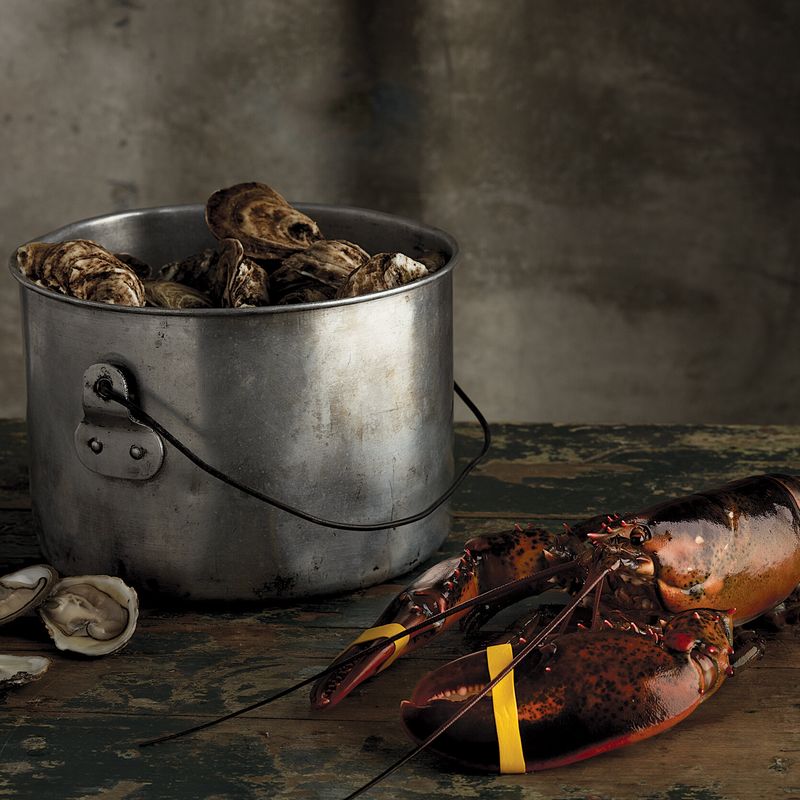
Lobsters were so abundant in colonial America that they were considered poverty food and primarily fed to prisoners and servants! Some inmates complained about the cruel punishment of eating lobster daily. From prison food to luxury delicacy – talk about a glow-up!
Massachusetts actually had laws limiting how often servants could be fed lobster. Now these crustaceans command $50+ at fine restaurants. Who’s laughing now, colonial prisoners?

